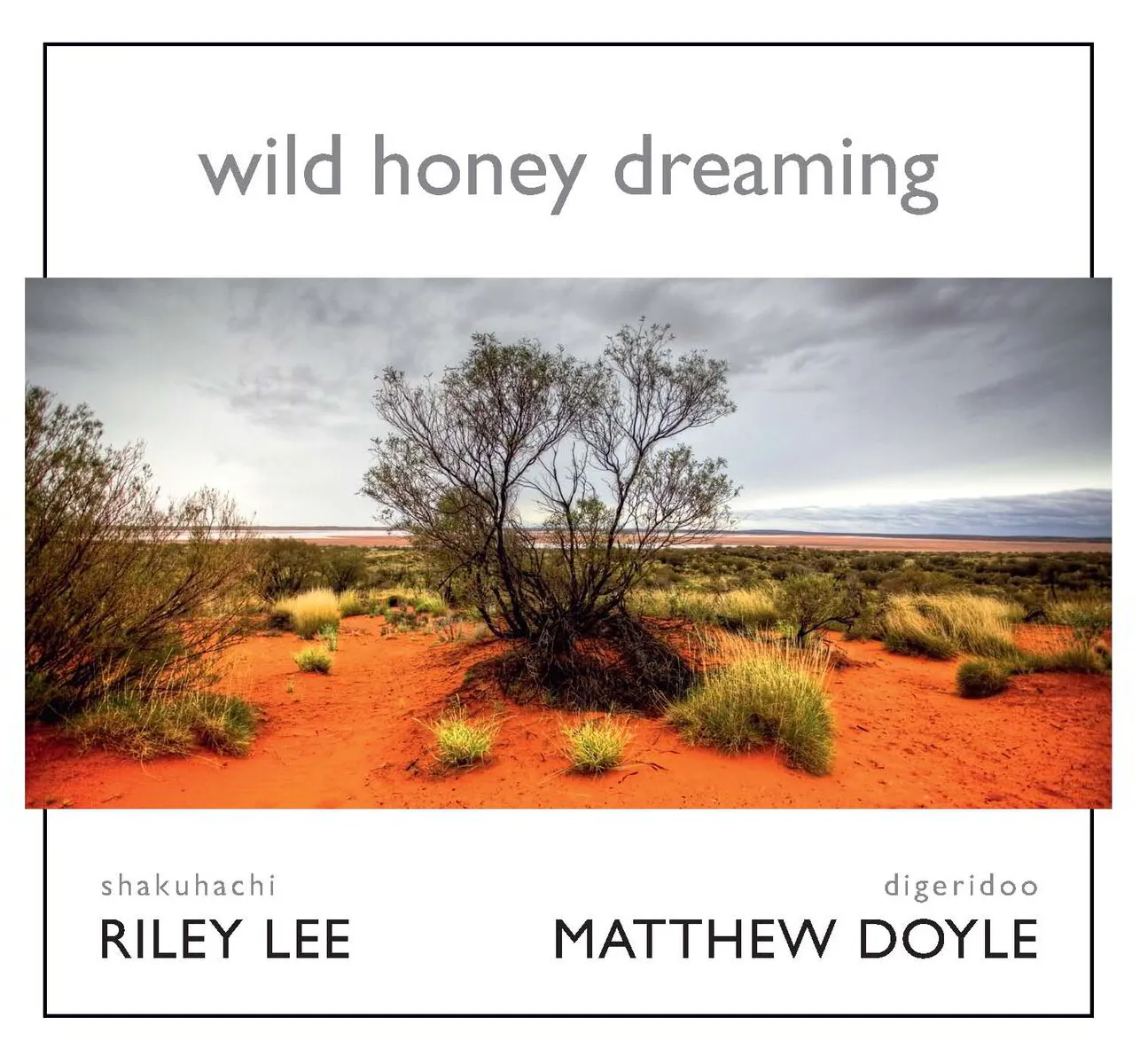CD Reviews
Wild Honey Dreaming
From the All Music Guide:
Many musicians feel free to include the snarly sounds of the didgeridoo on their albums. Few, however, can claim to be a master of the instrument. Wild Honey Dreaming combines the efforts of two musical masters, Matthew Doyle on the didgeridoo and Riley Lee on the Japanese shakuhachi flute.
Lee began studying the difficult instrument in 1970 and in 1980 became the first non-Japanese to attain the rank of dai shihan (grand master). Doyle has also been similarly honored. In 1985, at the age of 15, he was invited to join Australia’s Aboriginal Islander Dance Theatre; he studied aboriginal music and dance throughout Australia and was awarded the position of Aboriginal Artist in Residence with the NSW Department of School Education. Both live in Sydney.
The didgeridoo is an ancient wind instrument known for its deep, snarling, primordial sounds; the shakuhachi flute is not as old and produces notes known for their meditative and mind-clearing qualities. Played together, the sounds can move body, mind, and soul.
The didg can create a resonant cavern for the cold wind of the shakuhachi. Doyle, with his circular breathing technique, can offer an endless drone for the melodies of the flute. The drone is emphasized and buzzed on the title cut; you’ll swear you’ve become a bee. On “Spirit Dance: The Wind of Change”, Lee is quite acrobatic with his melody; his “Traveller’s Song” solo is the essence of tone purity. Lee can also create a drone (and bend notes as well), but the effect on “Ghost Gums and the Moon” is smoother and more haunting than the sound of the didgeridoo.
On “Desert Stars,” the two trade musical phrases; a duet between an elephant and a nightingale. “Space Time Transformation” is the spaciest of the tracks and includes synthesizer tones by Michael Atherton. Here, the flute melody travels through a gauntlet of pulsing didg growls while synth organ tones slip around and bend time.
The album ends with an extended “aum” tone…and a snort for good luck. An extraordinary immersion in cosmic tones.
– Carol Wright

